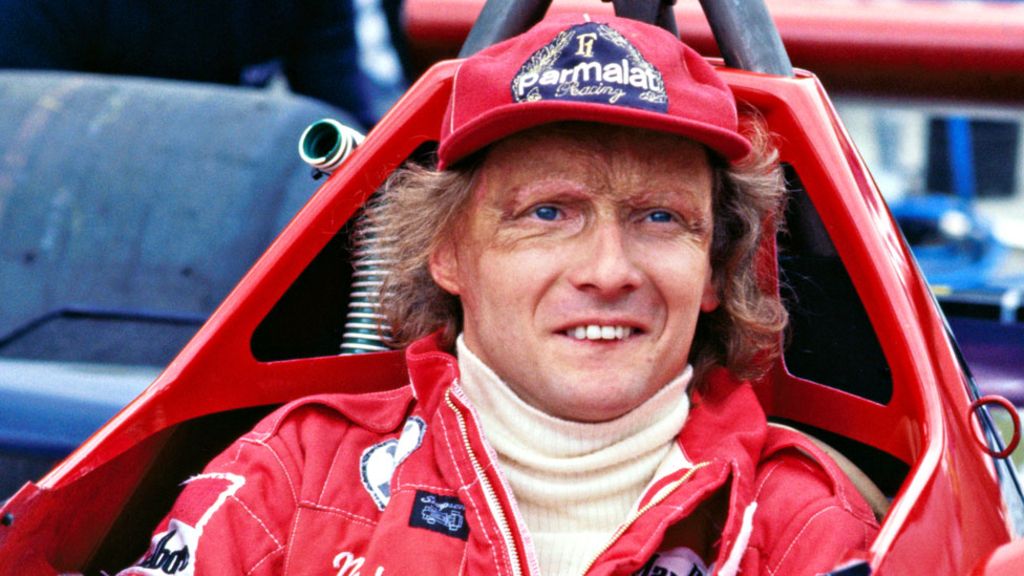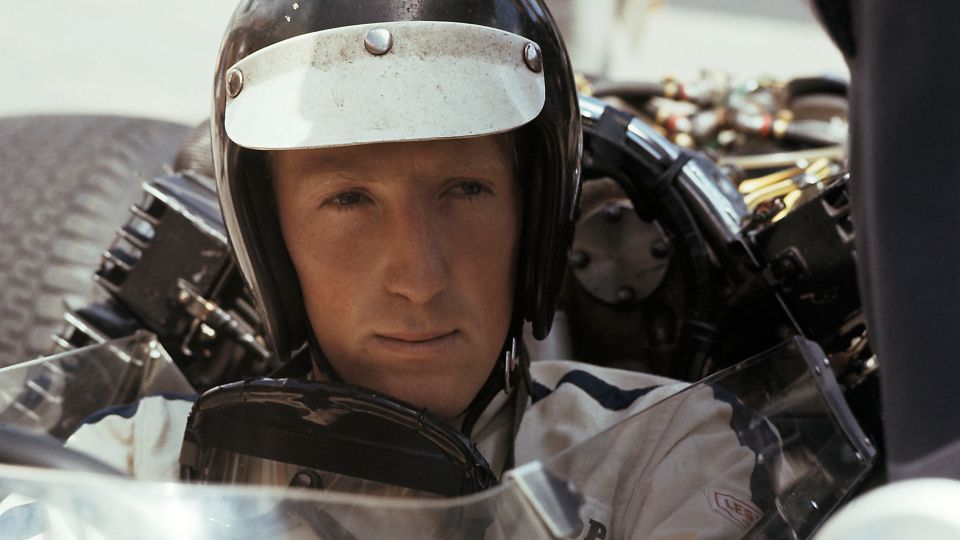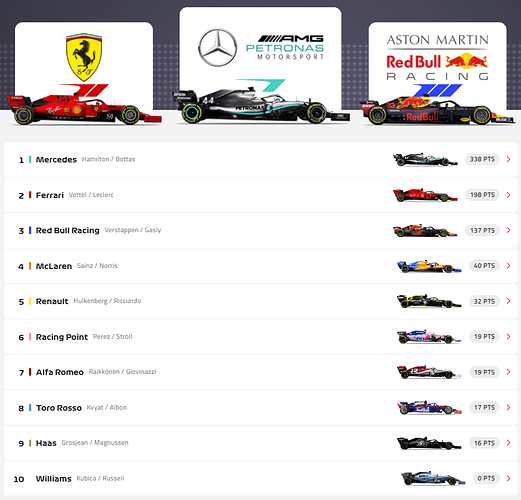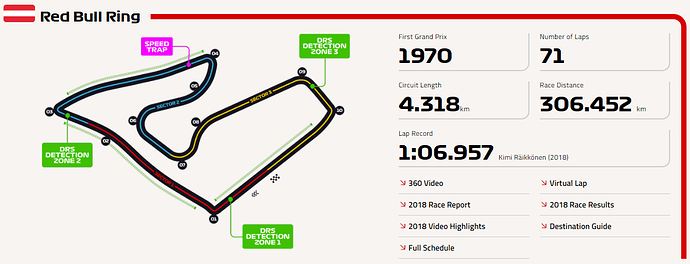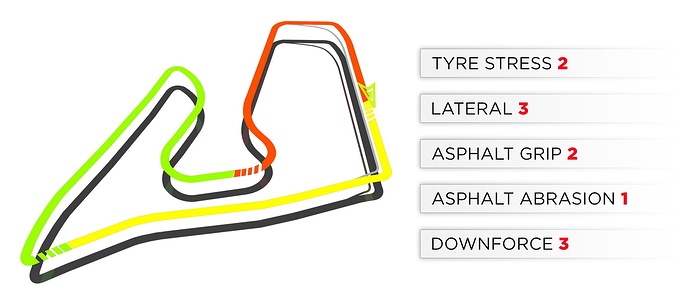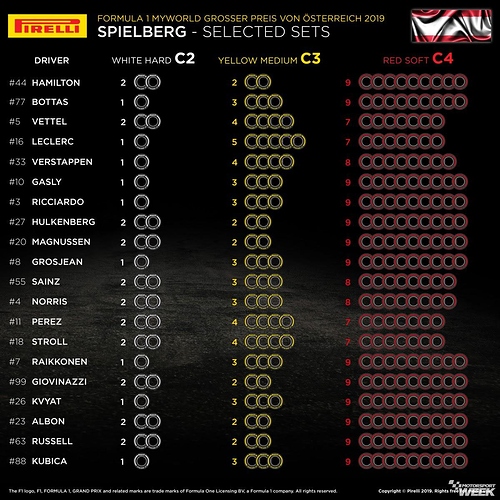 2019 Austrian F1 Grand Prix Preview
2019 Austrian F1 Grand Prix Preview
Guten Tag, meine lieben Freunde des schnellen Autos! Willkommen zur MEW Preview für mein Lieblingsrennen der Saison: den F1 Grand Prix von Österreich 2019. Die malerischen Hügel der Steiermark werden an diesem Wochenende mit dem Klang von F1-Motoren zum Leben erweckt. Edelweiß, Schnitzel, Lederhosen und Schnaps sind fertig!
Good afternoon my fellow fast car lovers! Welcome to the MEW Preview for my favourite race of the season: the 2019 F1 Grand Prix of Austria. The picturesque hills of the Styria region come alive with the sound of F1 engines this weekend. Get the edelweiss, schnitzels, lederhosen and schnapps ready!
The small nation of Austria has produced not just one but two Formula One World champions and is credited with 4 World Drivers’ Championship titles. Most know the obvious champion. Triple WDC Niki Lauda (1975, 1977, 1984). The Austrian legend, who sadly passed away on the eve of the Monaco GP earlier this year, is sure to be the focus of much love and “Danke Niki” signs around the circuit this weekend.
Many forget though, that Lauda was actually Austria’s second World Drivers Champion. Five years before Lauda claimed his first title, Jochen Rindt was posthumously crowned the 1970 Champion. Driving for the Gold Leaf Lotus Team, Rindt arrived at Monza for the 1970 Italian Grand Prix having already won 5 of the 9 races so far that year (and retiring from 3 of the others). During Saturday practice, Rindt crashed heavily into the barriers at the Parabolica corner. Despite Belgian Jacky Ickx going onto to win 2 of the remaining races that season, Rindt still won the Championship by 5 points, and was declared Formula One’s only posthumous champion to date. (And may that be a statistic that never changes.)
And while two World Champions from such a small nation is no mean feat, there have been a surprising number of Austrian drivers in Formula One – 16 in all so far. In addition to Lauda and Rindt, other notable Austrian drivers include Gerhard Berger, Alexander Wurz, Roland Ratzenberger, Karl Wendlinger and Christian Klein (the most recent Austrian competitor).
In addition to the drivers, Austrians have and continue to play notable roles in the world of Formula One. The Red Bull Racing F1 Team, Dietrich Mateschitz, Helmut Marko, and Toto Wolff are among the most obvious with Austrian credentials.
The 2019 Race
- Is Round 9 out of 21 of the 2019 Formula One World Championships, and Race #1006 to be classified as a round of the F1 Championship.
- It will be the 33rd running of the Austrian Grand Prix and the 32nd time it has been held as a round of the Formula One World Championship since the series inception in 1950.
- The Red Bull Ring (2014-2018), in its present and previous iterations as the A1-Ring (1997-2003) and the Österreichring (1970-1987) before that, has hosted all bar one of the championship Austrian Grands Prix. The inaugural (non-championship) race in 1963 was held at the nearby Zeltweg Airfield Circuit and won by Jack Brabham in his Brabham-Climax. The airfield also hosted the first championship race the following year, which was won by Lorenzo Bandini for Ferrari.
- 8 races into the season and Lewis Hamilton continues to dominate the Driver’s Championship with 6 wins and 187 points already. Mercedes teammate Valtteri Bottas has claimed the other 2 wins and sits in a comfortable 2nd place on 151 points. 40 points further back is Sebastian Vettel on 111.
- Alfa Romeo’s Antonio Giovinazzi, and the Williams team pairing of George Russell and Robert Kubica remain the 3 drivers yet to score any points.
- On the Constructor’s Championship side of the table, with 7 wins out of so far this year, Mercedes remains untouchable. 338 points on the board for them so far, and on track (together with Hamilton) to smash points records this season. With the teams’ 6th 1-2 finish this year, they extend their lead over Ferrari (198) to 140 points. Red Bull remain a comfortable 3rd on 137 points.
-
Williams remains pointless (pun, sadly, intended).
The 2018 Race
Mercedes came into the 2018 race full of confidence. Brandishing their previous 4 consecutive race wins in Austria, and their then 25-point lead over rivals Ferrari, and with Hamilton fresh from his win in France the previous week, confidence was high in the silver star squad. But, despite their positive practice and qualifying sessions, and their P1 and P2 grid start, the 2018 Austrian GP turned into a nightmare for the Mercedes team.
On lap 14 Bottas retired with a gearbox failure triggered by hydraulic problems. During the VSC that was called to retrieve Bottas’ car, Ferrari and Red Bull pitted both their cars. Mercedes chose not to pit Hamilton, an error for which James Vowles, Mercedes’ chief strategist, was heard to apologize via team radio. Hamilton eventually did pit on lap 25, ceding the lead to Verstappen, and rejoined in P4, ahead of Vettel, who subsequently got past the Brit on lap 39. Hamilton then was forced to retire his Merc on lap 64 with a fuel pressure problem.
The double retirement was only the third for Mercedes since returning to F1 as a constructor in 2010 (the other two were Australia in 2011 and Spain in 2016). It was also their first double retirement due to mechanical failures. And Hamilton’s first non-finish since the 2016 Malaysian Grand Prix.
The Mercedes failure gave Max Verstappen the win and Red Bull their maiden home victory on their own circuit after five attempts.
-
Pole Position: Valtteri Bottas, Mercedes, 1:03.130 [Outright Lap Record]
Here’s a 360° video of the lap that saw Bottas pip Hamilton by just 0.019s to put himself on pole for the race: https://www.youtube.com/watch?v=58f0LQrP8p4
-
Fastest Lap: Kimi Räikkönen, Ferrari, 1:06.957 (Lap 71) [Race Lap Record]
- Podium:
-
-
P1 = Max Verstappen, Red Bull Racing
-
-
P2 = Kimi Räikkönen, Ferrari
-
-
P3 = Sebastian Vettel, Ferrari
The Schedule
Before I left the land of my birth at the ripe old age of 14-months, I ensured that the Austrians I left behind knew how to tell time correctly. So, you have me to thank for the fact that all the racing action from Spielberg this weekend happens at sensible, normal times. You’re welcome.
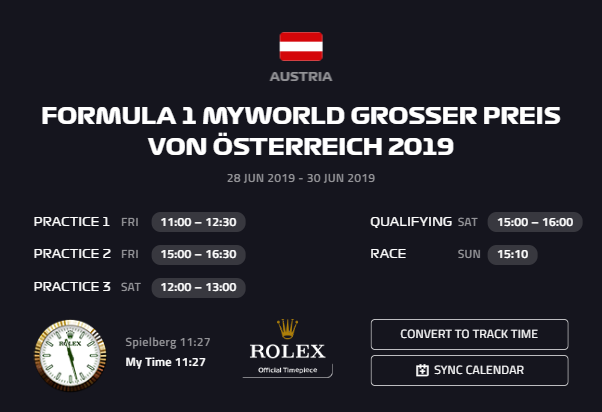
The Circuit
The fearsome, original Österreichring was originated in 1969 as a replacement for the Zeltweg airfield circuit. The track known today as the Red Bull Ring was more or less created over the winter of 1995-6, when Hermann Tilke was engaged to turn the Österreichring into a shorter, more modern racetrack.
The A1-Ring, as it was then called, was opened in 1996, with Formula 1 arriving at the circuit a year later. Jacques Villeneuve won the race, while Jean Alesi had a spectacular crash when his Benetton climbed up the Ferrari of Eddie Irvine. Alesi’s teammate Gerhard Berger, meanwhile, used his home Grand Prix to announce his F1 retirement.
The Red Bull Ring packs a lot into a short lap. The first half rewards power, as the cars blast along three straights separated by a pair of uphill right-handers. But then as the drivers work their way back downhill, the circuit becomes a regular toboggan ride, as the cars wind through a series of quick corners, including the exhilarating Rindt right-hander, named for Austria’s first F1 champion.
Here’s Dutch boyband reject Max Verstappen to show us around his employers playground:
The Tyres
One lap of the Red Bull Ring takes only just over a minute to cover, and with the fastest-ever lap there set in qualifying last year (1m03.130s) we could see the benchmark lowered even further this weekend. Pirelli is bringing the C2 as the white hard tyre, C3 as the yellow medium, and C4 as the red soft choice in Austria.
The Red Bull Ring consists of 4,318 metres of up and down smooth asphalt in the Styrian mountains. The first two sectors are quite fast whereas the final sector is slower and more technical. Traction and braking are the main characteristics of the Red Bull Ring, with corners linked by a series of brief straights. As the lap is so short, traffic is often an issue.
Historically, this has normally been a one-stop race with relatively low levels of tyre wear and degradation. Last year, Red Bull’s Max Verstappen won with a one-stop supersoft-soft strategy, but different variations of a one-stopper were seen throughout the top 10. Outside the top 10, some drivers stopped twice.
Most of the corners are right-hand turns, but the two most demanding corners in terms of energy through the tyres are left-handers. Consequently, the loaded tyres go into them almost cold, as they are not otherwise worked hard during the lap. A key to extracting the best lap time will be to maximise the performance of those tyres.
Mario Isola, Head of F1: “Like last year, we have exactly the same nomination for Austria as we had for France, with the races again separated by only one week, at the same time of year. The difference is that the 2019 compounds are more evenly spaced, which should encourage more varied pit stop strategies and better racing.”
“Austria is an unusual track, with lots of blind corners and unpredictable elements such as weather and traffic. This means that plenty of confidence, as well as exactly the right set-up, is needed to get the best out of the tyres on this short track and maximise all the different opportunities that present themselves; also in terms of strategy.”
Interesting to note the difference in selection between the Mercedes and Ferrari drivers, with a both Hamilton and Bottas having two extra red sets in the Merc garage. Will we see a sub-1 minute lap from them in Qualifying?
The Weather
Nice and hot in the middle of an Austrian Alpine summer. Expect lots of clear skies, sunshine, high track temps, and orange t-shirts clashing with sunburn red skin. Interestingly, at this point (some 4 days ahead of the race) there is an 80% chance of thunderstorms in the area from Monday. If that front moves in a little quicker than forecast, things could get spicy in Austria on Sunday afternoon.
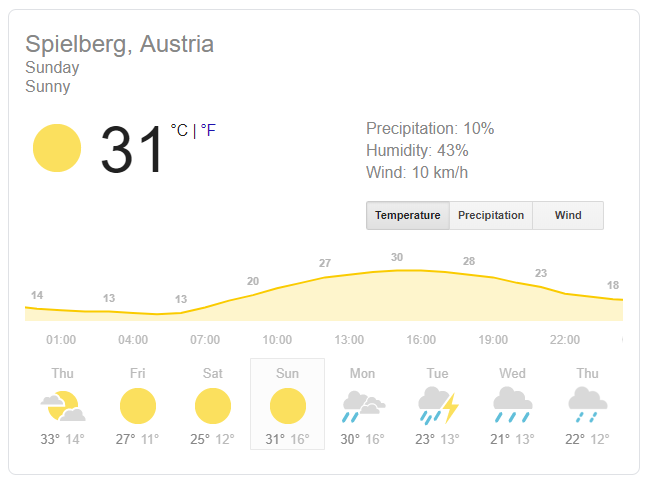
While the weather should be warm in summer, the circuit’s proximity to the Northern Styrian Alps increases the possibility of rain or more variable weather. However, last year was hot with track temperatures close to 40 degrees centigrade.
Selected Austrian Grand Prix Records
Driver Records
- Most wins – Alain Prost (3)
- Most podiums – David Coulthard (5)
- Most points – Lewis Hamilton (73)
- Most poles – René Arnoux, Nelson Piquet and Niki Lauda (3)
- Most Grands Prix – Jacques Laffite (12)
- Race time record – Valtteri Bottas, 2017 (1:21:48.523)
- Fastest lap – Kimi Räikkönen, 2018 (1:06.957)
- Qualifying time record – Valtteri Bottas, 2018 (1:03.130)
Team Records
- Most wins – McLaren (6)
- Most podiums – Ferrari (23)
- Most points – Ferrari (213.5)
- Most poles – Ferrari(7)
- Most Grands Prix – Ferrari and McLaren (26)
Repeat Winners (Drivers)
None of the current F1 drivers have a repeat win in Austria (yet).
- 3 - Alain Prost (1983, 1985, 1986)
- 2 - Ronnie Peterson (1973, 1978); Alan Jones (1977, 1979); Mika Häkkinen (1998, 2000); Michael Schumacher (2002, 2003); Nico Rosberg (2014, 2015)
Repeat Winners (Constructors)
Mercedes’ 4-win streak was broken last year by Red Bull. McLaren is the most winningest constructor in Austria – could their resurgent recent form, and a whole lot of luck, see them extend that record this weekend? (Nah, probably not.)
- 6 – McLaren (1984, 1985, 1986, 1998, 2000, 2001)
- 5 – Ferrari (1964, 1970, 1999, 2002, 2003)
- 4 – Lotus (1972, 1973, 1978, 1982); Mercedes (2014, 2015, 2016, 2017)
- 3 – Williams (1979, 1987, 1997)
- 2- Brabham (1963, 1974); Renault (1980, 1983)
The Digital Race Programme
Once again, online F1 fans get the benefit of all the comforts of home and access to a free digital version of the Austrian GP Race Programme. It doesn’t beat being in Austria and seeing the Grand Prix live of course, but it sure is a heck of a lot cheaper.
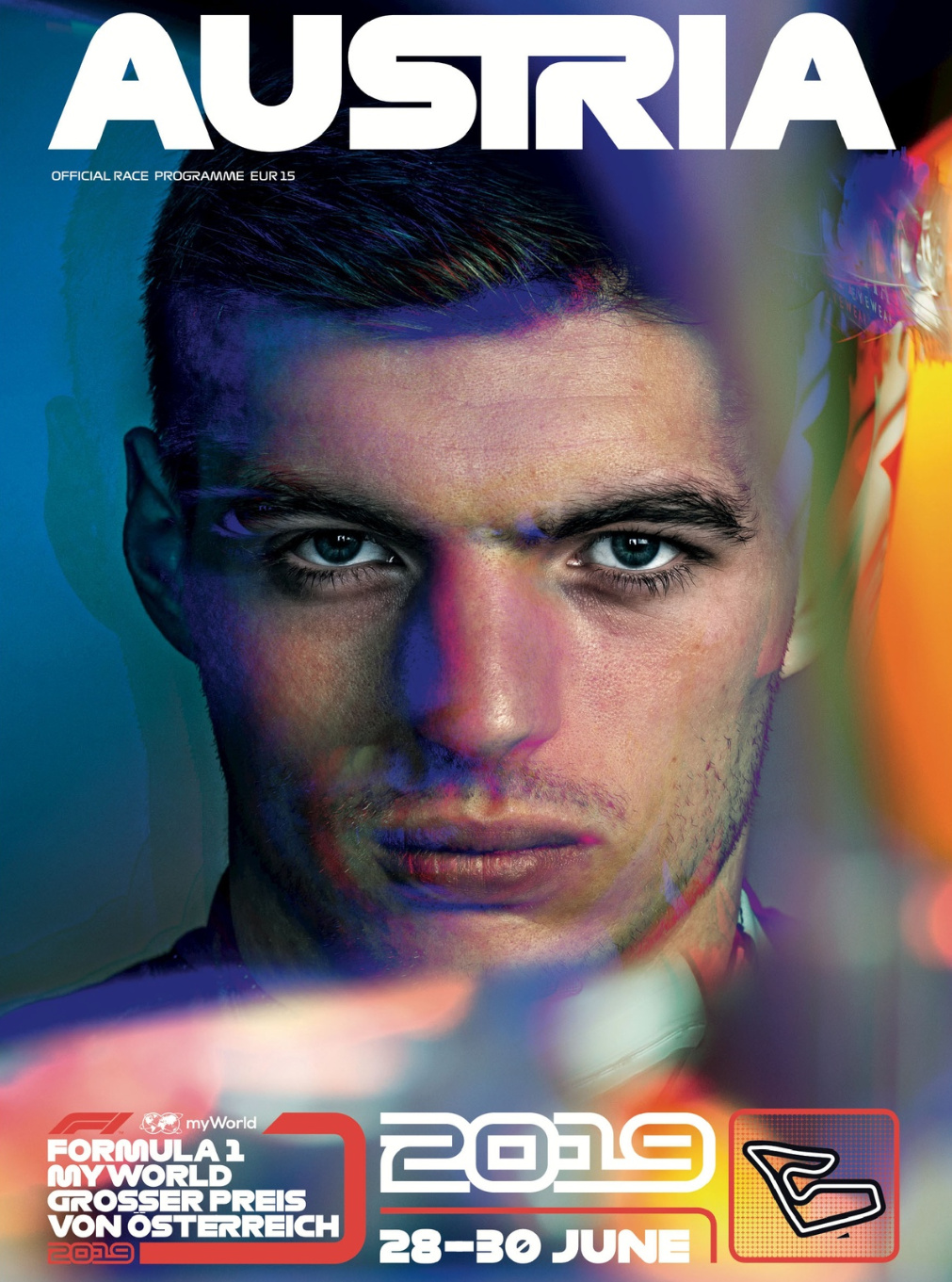
This edition includes a nice retrospective on some of Niki Lauda’s career highlights, profiles cover-boy Max Verstappen, looks at the role an F1 team strategist plays, and reviews both the F2 and F3 seasons so far.
https://secure.viewer.zmags.com/publication/f1e6df6f
And Finally…
There’s only a 40% chance of a Safety Car appearance at the Red Bull Ring – the SC has only been needed twice in the last five races. But a Virtual Safety Car could be enough to turn the race as it did for Verstappen last year. Hopefully any SC action won’t be deer related…
If Canada thinks it has the run on animal-on-circuit related issues, Austria would like a word. There have been a few deer related incidents in Austria. The worst of these came in 1987 when Stefan Johansson struck a small deer during practice in his McLaren. His car was completely wrecked, and the driver had to sprint away from the smoking ruin of his car with a broken rib.
Juan Pablo Montoya also had a deer scare during practice for the 2001 race. The team, calling JPM into the pits for safety reasons, jokingly referred to the deer as being “like a horse with horns” to which Montoya couldn’t help but quip “oh deer!” in reply.
 Bis zum nächsten Mal F1-Fans … Rennen schnell, Rennen sicher, Rennen auf!
Bis zum nächsten Mal F1-Fans … Rennen schnell, Rennen sicher, Rennen auf!
 2019 Austrian F1 Grand Prix Preview
2019 Austrian F1 Grand Prix Preview
